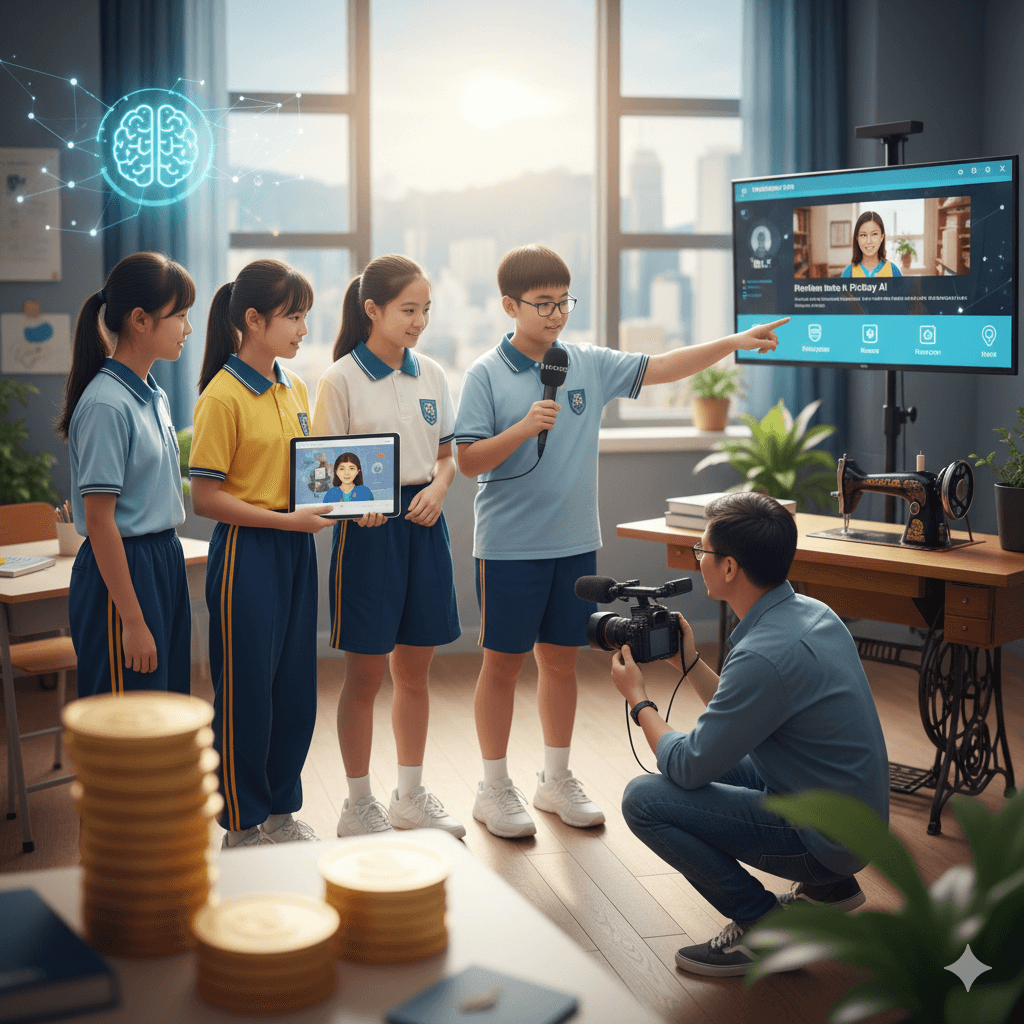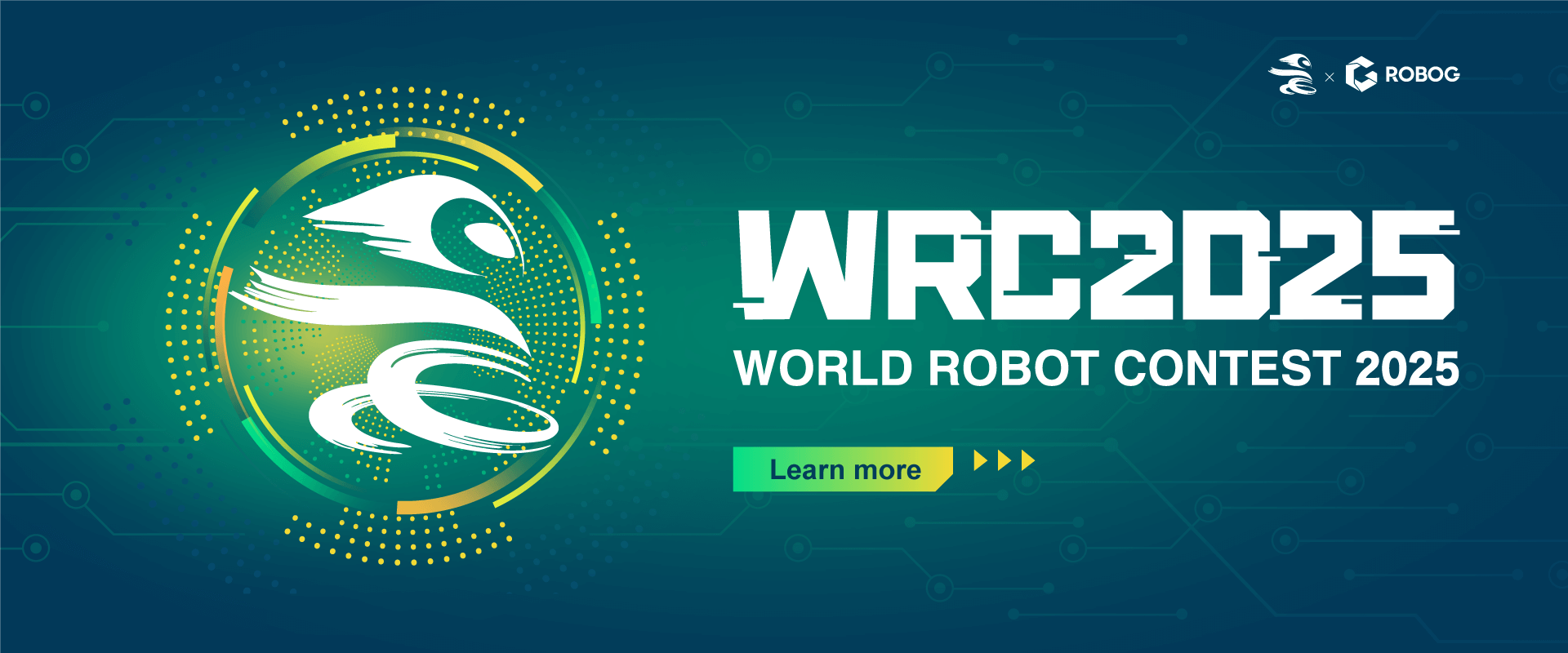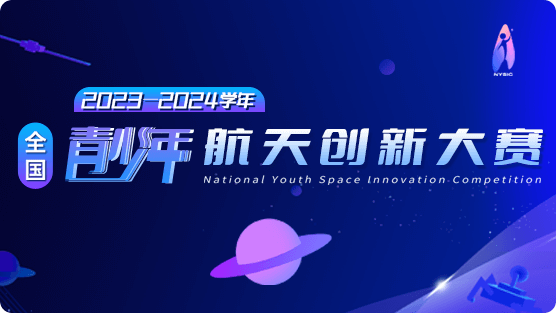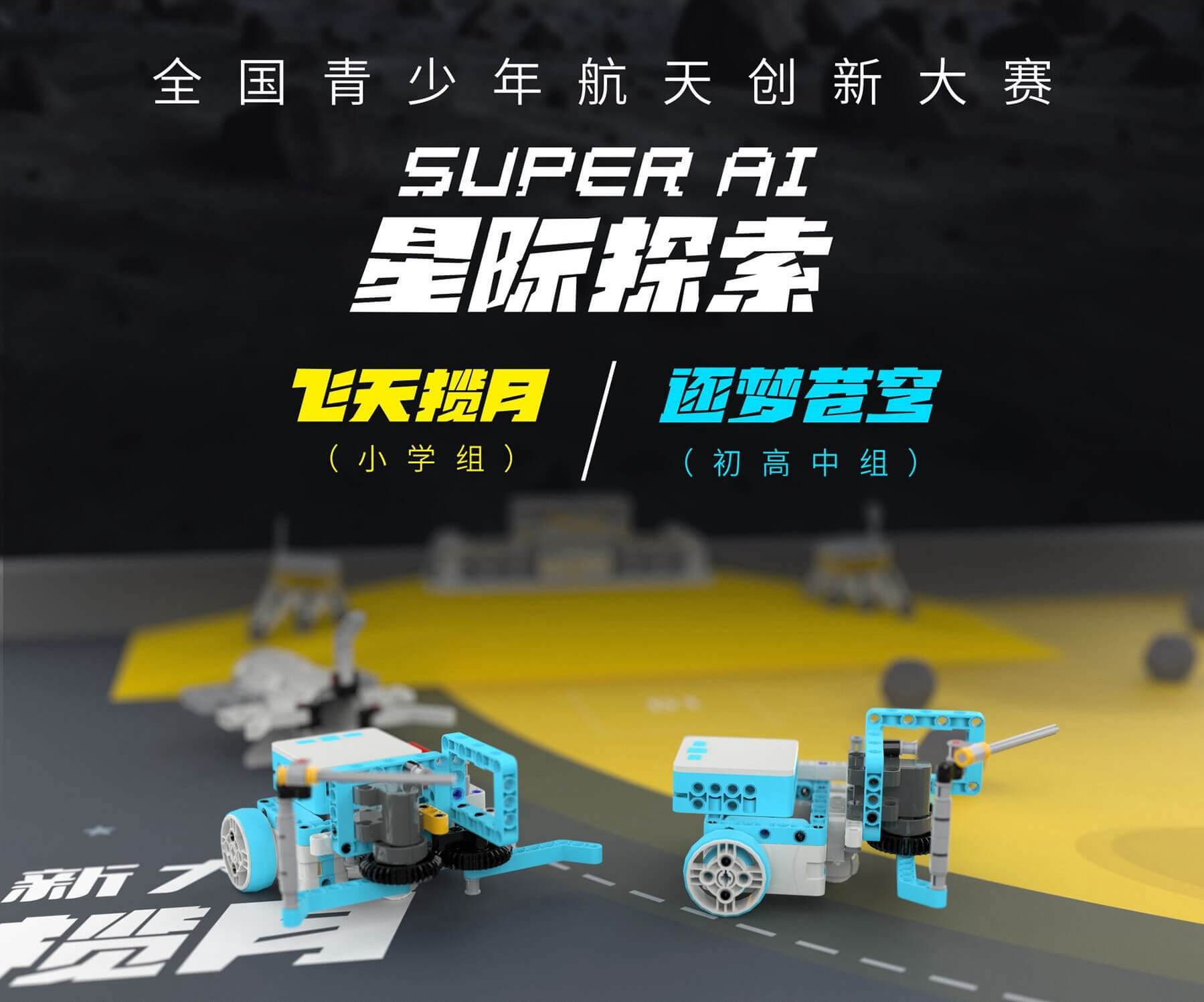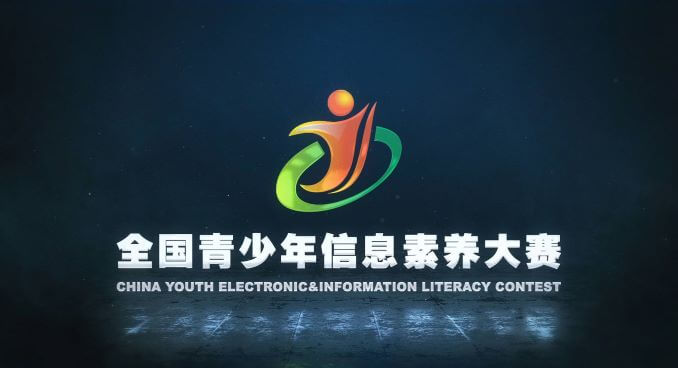In recent years, with the increasing attention paid to STEAM education around the world, the education sector in mainland China has also ushered in a series of profound structural reforms. Among them, the "double reduction" policy aimed at reducing the excessive academic burden on students has spawned a far-reaching supporting measure - the "Ministry of Education White List Competition" system. This system not only reshaped the ecology of extracurricular activities for mainland students, but also provided Hong Kong educators with a new perspective to observe mainland education reforms and plan future development paths for students. This article aims to provide teachers with a detailed analysis of the "white list competition", and to explore in depth its definition, policy background, competition content, and its practical impact on Hong Kong students.
1. Definition and Origin: The Birth of the “Whitelist Competition”
"White List Competition" is a popular name for the "National Competition List for Primary and Secondary School Students" officially released by the Ministry of Education of China. It was created to solve the long-standing problems of the student competition market being chaotic, uneven in quality, and overly commercialized.
- Core PurposeThe core of this system isStandardized managementThe Ministry of Education has established a "white list" to ensure that all included competitions are in line with educational goals, have real educational value and quality assurance, and strive to avoid placing excessive financial and academic burdens on students and families. This move is an important part of promoting "quality education" and getting rid of an overly test-oriented system.
- Policy Mechanism: From a deeper perspective, the "white list" is not just an approved list, but also a powerful regulatory and guidance tool. It sets an official standard for schools, parents and students, and guides social resources and enthusiasm for participation to flow to high-quality activities endorsed by the government. At the same time, the existence of this list also indirectly implies the existence of a "black list" or non-approved list. Any competition that is not included is, by definition, not officially recommended, and its credibility and potential value are greatly reduced.
2. Policy Background: The inevitable outcome of the “double reduction” reform
The implementation and deepening of the "white list competition" system is closely related to the most significant "double reduction" policy in China's education field in recent years.
- The catalytic effect of the "double reduction" policyThe core of the "double reduction" policy is to reduce students' homework burden and extracurricular training burden. Since many competitions are closely linked to the commercial interests of extracurricular training institutions, regulating competitions and preventing them from becoming a new academic burden and a way to make commercial profits has become an inevitable requirement in line with the "double reduction" policy goals.
- Shifting competitive pressures:However, the "double reduction" policy may also bring an unexpected effect. When traditional academic competition channels (such as excessive tutoring) are restricted, the importance of "white list competitions" as one of the few officially recognized channels that can legally and compliantly demonstrate one's ability is magnified. This official endorsement and resource scarcity may lead to more concentrated competitive pressure on these specific "white list" events, making their competition more intense rather than less intense.
III. Detailed explanation of the list: competition classification, focus and regulatory framework
To gain a deeper understanding of the “white list competition”, one must have a clear understanding of its classification, focus and management rules.
- Main competition categories:According to the official list, the competition is mainly divided into three categories: natural science literacy, humanities comprehensive literacy, and art and sports. In the "natural science literacy category", it covers key events such as the "National Youth Artificial Intelligence Innovation Challenge", "National Middle School Mathematical Olympiad" and "Blue Bridge Cup National Software and Information Technology Professional Talent Competition". The humanities comprehensive literacy category includes the "'Ye Shengtao Cup' National Middle School New Composition Competition" and the "'Foreign Language Teaching and Research Press Cup' National Middle School Foreign Language Literacy Competition". The representatives of the art and sports category include the "National Primary and Secondary School Students Painting and Calligraphy Competition" and the "'I Love the Motherland' National Youth Sailing Model Education Competition".
- Significant emphasis on STEM fields:Data shows that the "Natural Science Literacy" competition accounts for about 51% in the list, covering multiple cutting-edge directions such as artificial intelligence, robotics, and information technology. This clearly reflects the country's strategic focus on scientific and technological self-reliance and innovation-driven development, aiming to guide and cultivate the interests and talents of the younger generation in these key areas through the education system.
IV. Actual Impact and Practical Challenges on Students
Despite the good intentions of the policy, the implementation of the "whitelist competition" still faces many challenges in a highly competitive educational environment and has complex impacts on students.
- The difference between official stance and actual operation:The Ministry of Education stipulates that competition results "shall not be used as the basis for primary and secondary school enrollment and as an additional score item for the college entrance examination." However, in reality, their award-winning experience is still widely regarded as an important proof of "soft power." Especially in the "Strengthening Basics Plan" (a special admissions channel established by top universities to select talents in basic disciplines), students who have achieved excellent results in "white list competitions" such as the five major subject Olympiad competitions are usually eligible to participate.
The phenomenon of "involution" and questions about fairness:
- Pressure is increasing:Limited official recognition channels have led to a high concentration of competitive pressure on the "white list competition", triggering "involution" in education. The difficulty of some competition projects is "beyond the syllabus" (far exceeding the requirements of the teaching syllabus), and the competition is extremely fierce.
- Black race persists: Driven by huge demand, some parents will adopt a "black and white" strategy and let their children participate in both official and unofficial competitions.
- Resource inequality:The resource investment (such as professional guidance, time, and money) required to participate in high-level competitions may exacerbate the problem of educational inequality. Students from families with better economic conditions often have access to better preparation resources.
- Dynamic supervision:In recent years, several competitions originally listed in the "white list" have been asked to be suspended by the competent authorities. This shows that the education department maintains continuous review and supervision of the "white list competitions", which is not a one-time thing, reflecting the seriousness and dynamic adjustment of management.
Enlightenment and response from Hong Kong education sector
For educators in Hong Kong, understanding the "white list competition" system will not only help guide students who intend to study in the Mainland, but also help broaden students' national horizons through this platform. It is worth noting that many "white list competitions" have set up sub-competition areas or preliminary selections in Hong Kong to facilitate the participation of students from all over the world. For example, some robotics, artificial intelligence and aerospace innovation competitions have Hong Kong competitions, such as the "Chuangxie Cup". This provides local students with a valuable opportunity to participate in national high-level competitions at their doorstep, greatly lowering the threshold for participation.
However, to successfully participate in these high-level competitions, professional guidance and systematic training are often required.
Conclusion and resource introduction
"White list competition" is a complex and important trend in mainland education reform. For Hong Kong schools that want to explore these competition opportunities, seeking professional support can achieve twice the result with half the effort. For example,Vinci AI Technology and education institutions such asNational Youth Information Literacy Competition" is the official partner in Hong Kong and providesSuper AI ChallengeSuch institutions can provide on-campus courses and guidance that are seamlessly connected to competition requirements, helping schools to systematically integrate high-level national challenges into daily teaching and extracurricular activities, and turning pressure into a driving force for students' growth.

